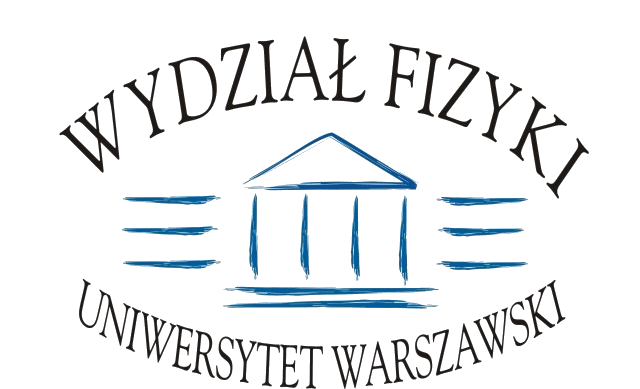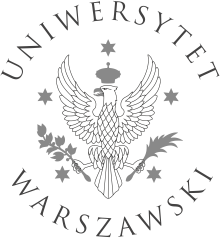Seminarium Kosmologia i Fizyka Cząstek
sala 1.40, ul. Pasteura 5
Ewa Łokas (CAMK Warszawa)
Mergers of dwarf galaxies
Mergers between galaxies seem to be among the main processes shaping the present day galaxy population. However, until recently they were believed to be rare in environments like galaxy clusters and groups. I will discuss our current knowledge on the role of mergers in groups like the Local Group and the evidence for merging activity. As an example I will present an evolutionary model for the origin of Andromeda II, a dSph satellite of M31, involving a merger between two disky dwarf galaxies than explains the origin of prolate rotation recently detected in the kinematic data for And II.The simulation traces the evolution of two dwarfs, whose structural parameters differ only in their disk scale lengths, placed on a radial orbit towards each other with their angular momenta inclined by 90 deg. After 5 Gyr the merger remnant forms a stable triaxial galaxy with rotation only around thelongest axis. This prolate rotation is naturally explained as due to thesymmetry of the initial configuration which leads to the conservation ofangular momentum components along the direction of the merger. I will also discuss an alternativescenario for the formation of And II, via tidal stirring of a disky dwarfgalaxy. While intrinsic rotation occurs naturally in this model as a remnant ofthe initial rotation of the disk, it is mostly around the shortest axis of thestellar component. Thus although the tidal origin of the velocity distribution in And IIcannot be excluded, it is much more naturally explained within the scenarioinvolving a past merger event. In principle, the presence of prolaterotation in dSph galaxies of the Local Group and beyond may be used as anindicator of major mergers in their history or even as a way to distinguishbetween the two scenarios of their formation.






